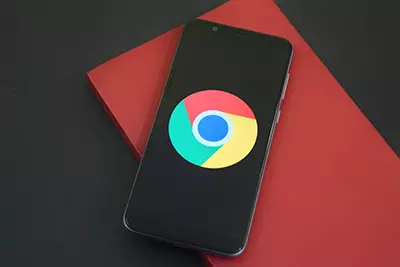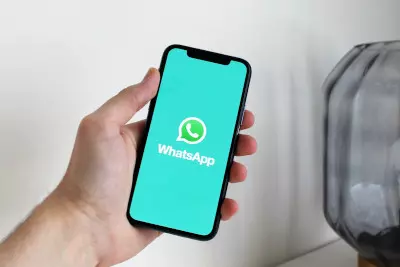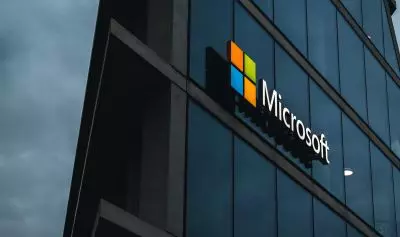There's been some interesting developments in the internet search market of late, mostly to Microsoft's advantage. This includes people being enticed towards Bing thanks to its ChatGPT integration, and Samsung's recent suggestion that they may switch the default search to Bing on their devices. Could Google's throne be under threat?









